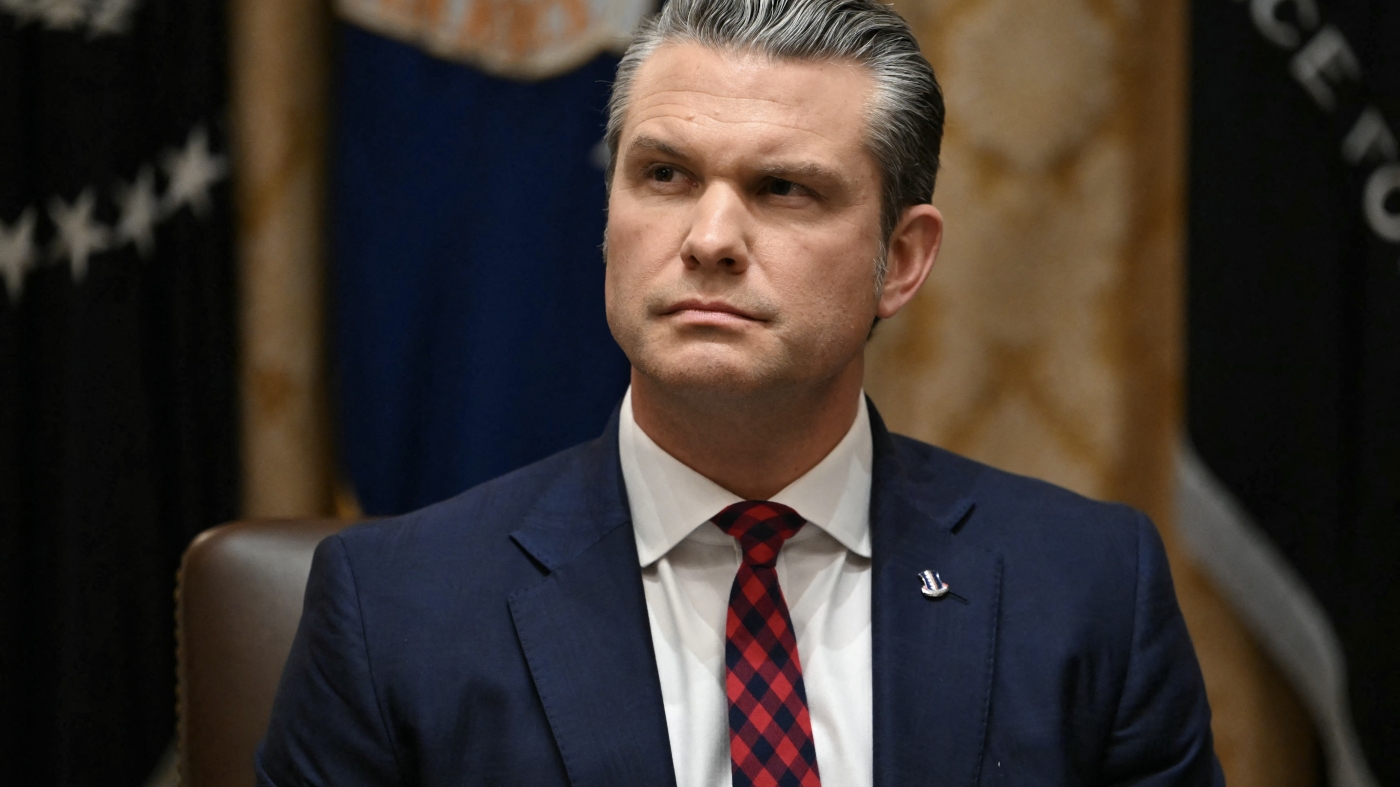BENNINGTON, Vt. â Southwestern Vermont Medical Center in Bennington, Vt., has launched a comprehensive health assessment of the communities it serves in three states, seeking feedback through a short, anonymous survey, open to all.
SVMC is encouraging residents in Bennington and Windham counties of Vermont, eastern Rensselaer and Washington counties of New York and northern Berkshire County in Massachusetts to take the brief survey, now available at SVMC.org.
In addition to the digital survey, SVMC will be conducting in-person community outreach to collect responses.
âThe voices of our patients and community at large help set SVMCâs priorities over the next three years,â said Pamela Duchene, the medical centerâs chief nursing officer and vice president of Patient Care Services. âThatâs why it is vitally important we hear from all community members, at every level, to ensure we understand the challenges they are facing and the ways our health system can make an impact.â
The online survey includes questions about the personâs general health, the reasons someone might not be able to access health care when needed; issues in affording adequate food or paying for utilities; access to transportation and opportunities for physical activity; whether the person feels safe, lonely or anxious, or is struggling with addiction; has access to health insurance; their level or education or training; and whether the person is employed full- or part-time or self-employed.
Every three years
Conducted every three years, the institutionâs Community Health Needs Assessment process allows SVMC, a member of Dartmouth Health, to understand the current health needs of its region, assess the services available to residents and identify where and how improvements can be made.
Community leaders throughout SVMCâs tri-state region will also receive a Leadership Scan, requesting insight on the needs of populations these leaders work with and serve.
The health assessment will be open through early spring 2024.
2022 assessment
In a report on the most recent needs assessment survey in 2021-22, the medical center collected community health and wellness data, gathered from a variety of sources, including a digital survey, a series of community forums and secondary data sources, such as the U.S. Census Bureau and Centers for Disease Control and Prevention.
The survey process from that assessment identified the following priority health needs categories, to be addressed over the next three years: mental health supports; promotion of healthy behaviors and primary prevention activities; accessibility of high-quality, convenient and affordable care; and substance use prevention, harm reduction, treatment and recovery Resources.
Assessment results in the prior report revealed that some populations are more likely to face negative outcomes relating to the social, environmental and economic determinants of health.
âThe data clearly indicated that people of color, individuals aged 13 to 34 years old, and the LGBTQ+ population are facing modifiable health disparities relating to all four of the priority health needs,â a hospital spokesperson said in 2022. âOur efforts to meet those needs in the coming years, while broadly focused across our entire service area, will additionally seek to address the unique challenges experienced by minority, marginalized and vulnerable populations.â
SVMC includes Southwestern Vermont Regional Cancer Center, the SVHC Foundation, as well as 25 primary and specialty care practices.









































